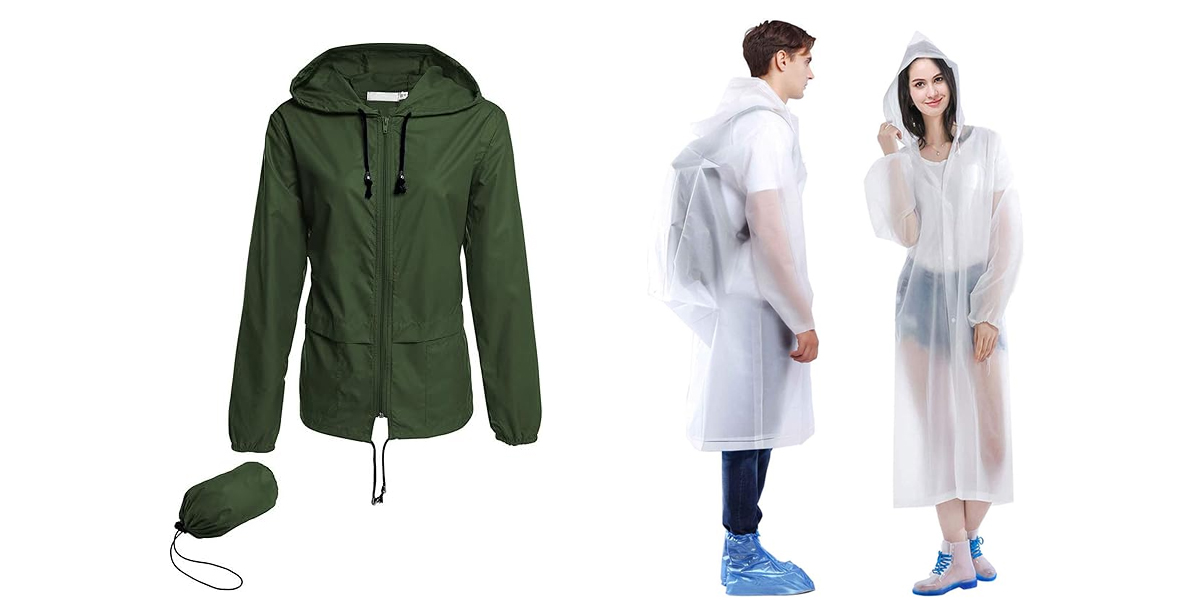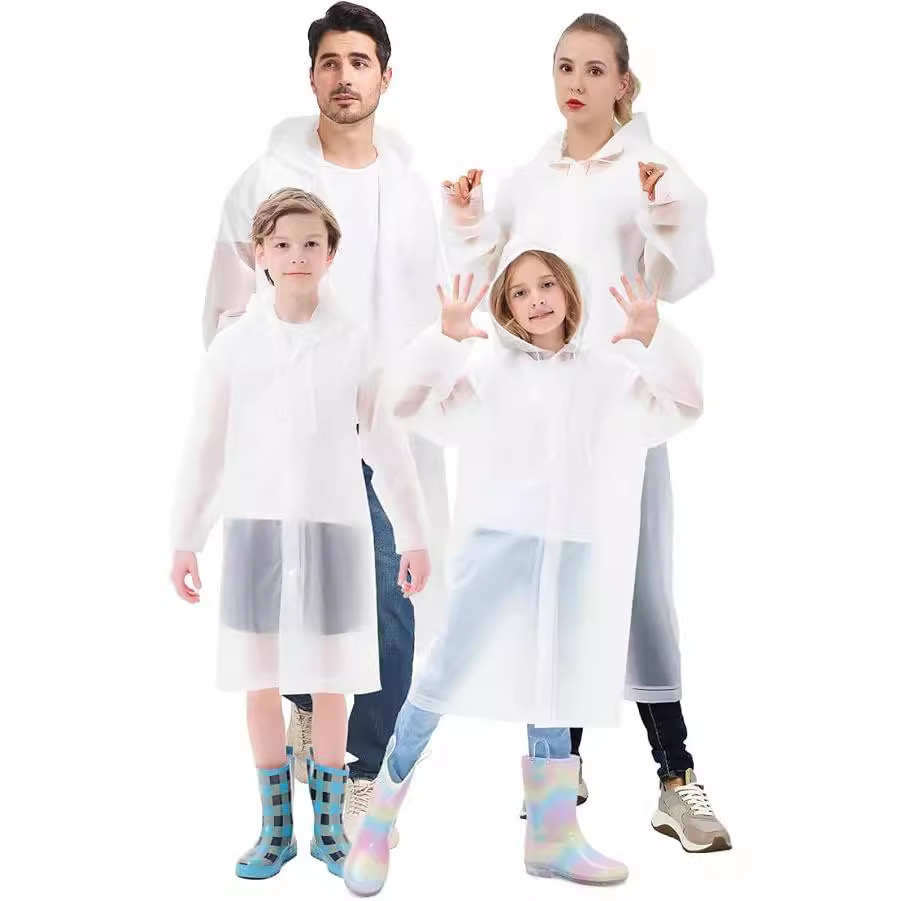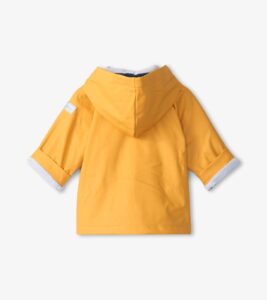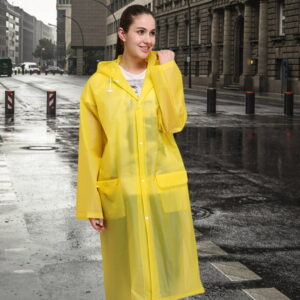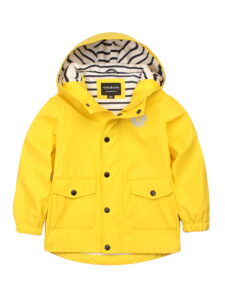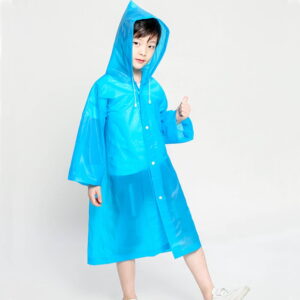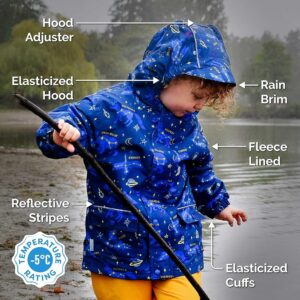When the weather turns unpredictable, a packable raincoat can be a lifesaver. Whether you’re hiking, cycling, fishing, or just traveling, a lightweight rain jacket can protect you from the elements. But the question remains: what’s the best material for a packable raincoat—fabric or plastic?
Most packable raincoat manufacturers prefer using durable, lightweight materials like polyester, nylon, or ripstop fabric. These materials are well-suited for a fishing rain jacket, camping rain jacket, or any raincoat that requires flexibility and comfort during outdoor activities. However, there are some options that use plastic-like eva raincoats. Each material has its benefits and drawbacks. Let’s explore both options.

Fabric: Durable, Lightweight, and Waterproof
The most common material for a packable rain jacket is fabric. Manufacturers often choose nylon, polyester, or ripstop fabrics for their durability and lightweight properties. These materials are not only strong but also waterproof. Many manufacturers enhance their waterproofing by adding a TPU membrane or waterproof coating to the inner surface. This ensures the jacket remains dry, even in heavy rain.
A fabric packable raincoat is also known for its breathability. The breathable membranes or mesh linings incorporated into many jackets allow air to flow freely. This prevents the wearer from overheating while maintaining comfort during physical activity. Whether you’re hiking, running, or cycling, you can stay cool even in high-humidity conditions.
One of the key benefits of fabric raincoats is their ability to pack away into a small, compact size. Many packable raincoats manufacturers and suppliers in China produce jackets that can easily fold into a small pouch or back pocket. This makes them extremely portable, perfect for spontaneous trips or outdoor adventures. Even though they are lightweight—some weigh as little as 0.4 lb—they still offer reliable protection against the elements.
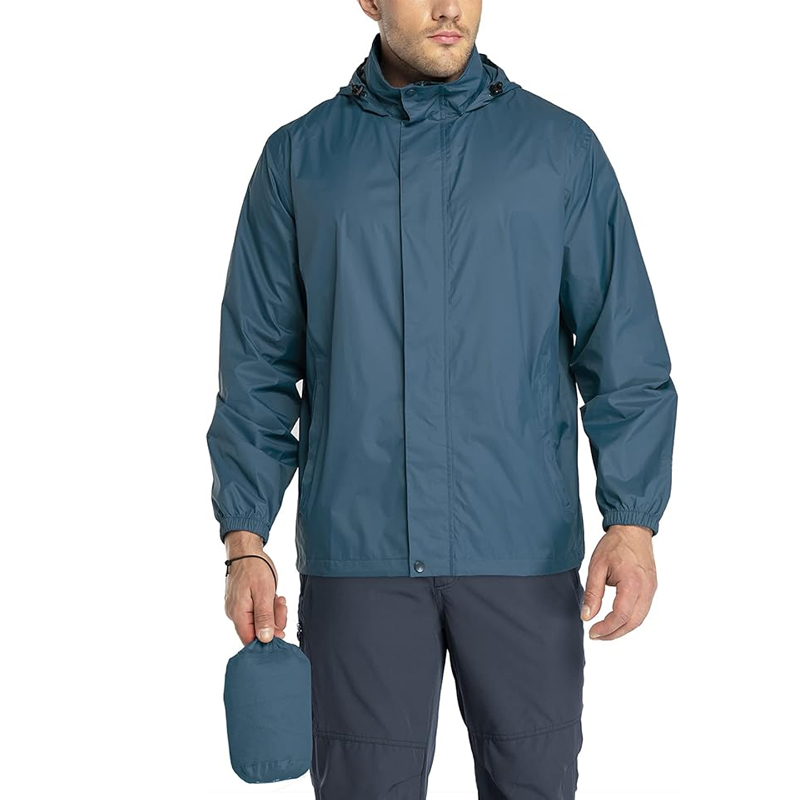
Plastic: Reusable, Yet Less Breathable
Plastic raincoats, like those made from eva (ethylene-vinyl acetate) material, are another option. These raincoats are often more affordable and offer waterproof protection. They are typically thinner and more compact, which makes them easy to carry in your backpack or purse. However, the biggest downside of plastic is its lack of breathability. Fishing rain coats made from plastic may keep you dry, but they often trap heat and moisture inside. This can make wearing them uncomfortable during physical activities.
Plastic raincoats are often best suited for emergency situations or light rain. They are not ideal for extended outdoor use, especially during activities like hiking or cycling, where breathability and comfort are key. The lack of airflow can lead to sweaty and uncomfortable conditions. Moreover, many eva raincoats lack the additional features found in fabric versions, such as adjustable hoods or zippered pockets.
Features to Look for in a Packable Raincoat
Whether you choose fabric or plastic, a packable rain jacket should include features that enhance comfort and usability.
Waterproof Protection: A packable raincoat should offer adequate waterproof performance. Fabric options, especially those with a TPU membrane, are generally more effective than plastic in providing long-lasting protection.
Breathability: Look for jackets with mesh linings or breathable membranes. These features help prevent overheating, ensuring comfort during outdoor activities.
Packability: A major advantage of packable rain jackets is their ability to fold into a compact size. You should be able to easily store the jacket in a backpack or even a car.
Adjustable Features: Features like adjustable hoods, elastic cuffs, and drawstring hems can help keep rain out and offer a customized fit. Some jackets also have ventilation openings for improved airflow.
Storage Options: Zippered or hidden pockets are crucial for storing small essentials such as keys, phones, or wallets. A camping rain jacket with multiple pockets adds convenience during outdoor activities.
Durability: Whether you choose fabric or plastic, make sure the jacket is built to last. Fabric raincoats with reinforced seams and waterproof coatings tend to be more durable than plastic options.

The Verdict on Packable Raincoat: Fabric vs. Plastic
In most cases, fabric raincoats win out over plastic due to their durability, breathability, and overall comfort. Packable raincoat manufacturers use materials like nylon, polyester, and ripstop fabric to create jackets that can withstand both heavy rain and outdoor activities. These materials also offer better breathability, making them ideal for active users.
Plastic raincoats, while lightweight and affordable, are generally best for short-term use or emergency situations. They lack the advanced features found in fabric rain jackets, and they tend to trap moisture and heat inside. If you’re looking for a raincoat that will perform well during outdoor adventures like fishing, camping, or cycling, a fabric-based packable raincoat is the better choice.
Conclusion
Choosing between fabric and plastic for a packable rain jacket ultimately comes down to your needs. If you prioritize comfort, breathability, and durability, fabric is the clear winner. On the other hand, if you need a lightweight, emergency raincoat that’s easy to carry, a plastic option might suffice. Either way, investing in a packable raincoat from a reliable manufacturer ensures you’ll be prepared for any rainy day, whether you’re hiking, fishing, or traveling.

